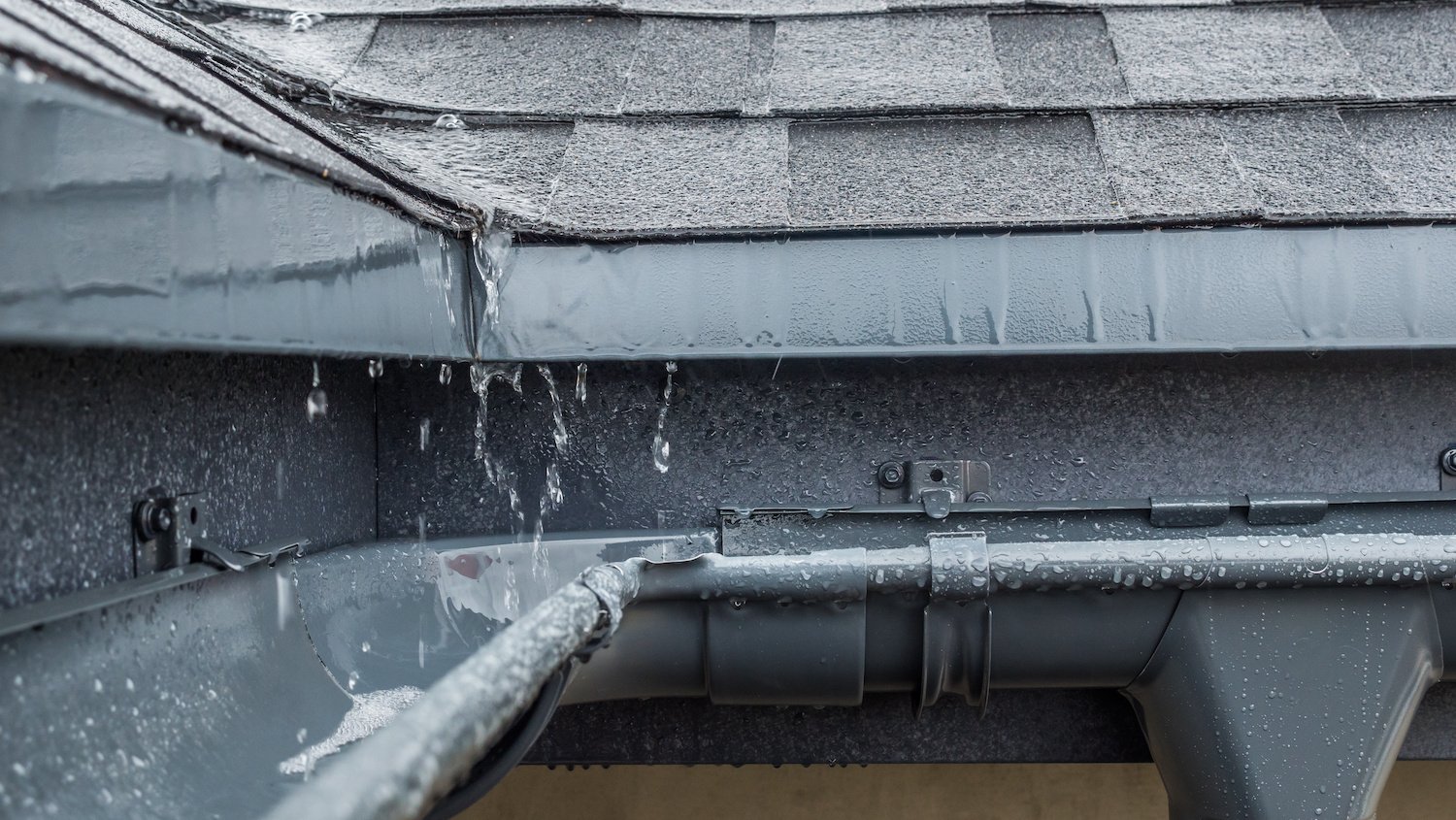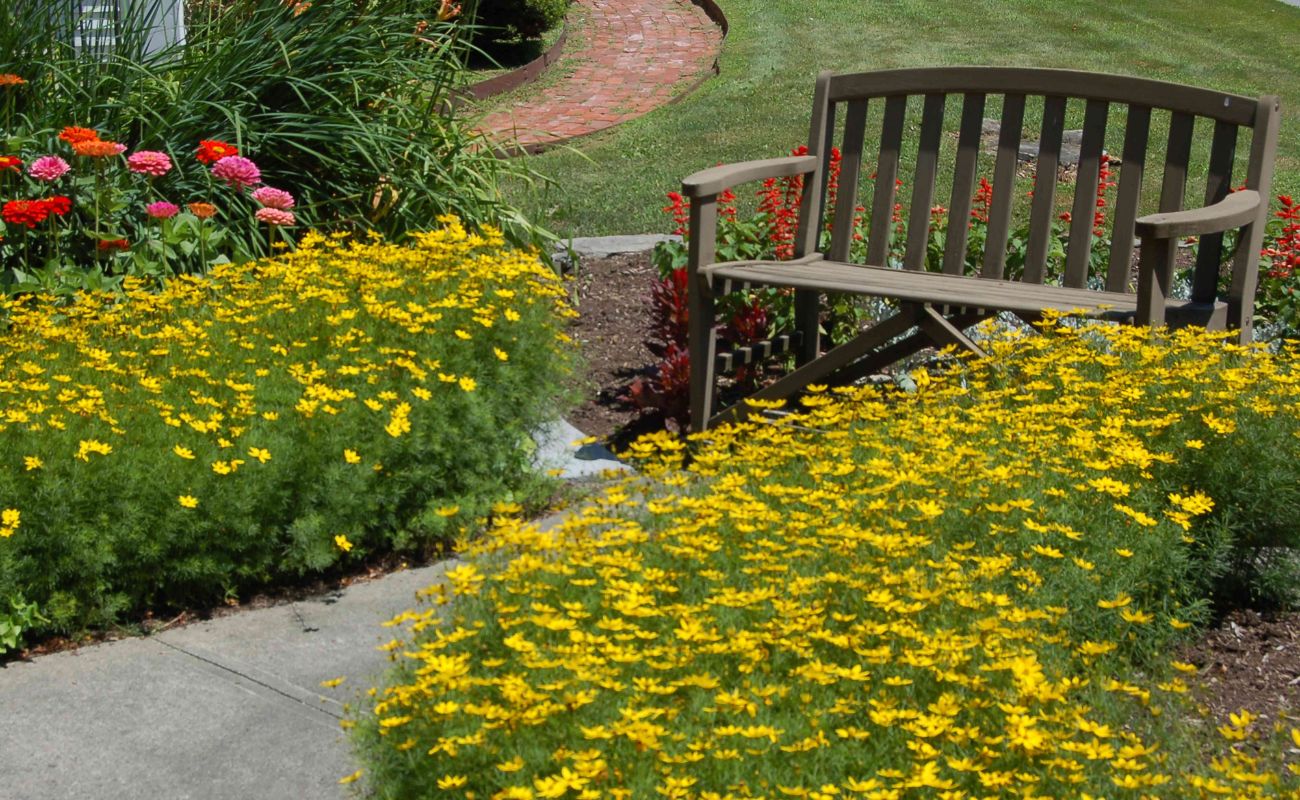Home>Garden Essentials>Why Is Greenery Important


Garden Essentials
Why Is Greenery Important
Modified: March 7, 2024
Discover the importance of greenery in your garden and how it contributes to a healthier environment. Enhance your space with lush plants and vibrant foliage.
(Many of the links in this article redirect to a specific reviewed product. Your purchase of these products through affiliate links helps to generate commission for Storables.com, at no extra cost. Learn more)
Introduction
Welcome to the wonderful world of greenery! Whether you have a sprawling backyard garden, a small balcony adorned with potted plants, or simply appreciate the beauty of nature in public parks, greenery plays a crucial role in our lives. It not only adds visual appeal and tranquility to our surroundings but also offers a multitude of environmental, social, and economic benefits.
In this article, we will explore why greenery is so important and delve into the various advantages it brings to our lives. From purifying the air we breathe to boosting our mental well-being, greenery has a profound impact on both our physical and mental health.
So, let’s dig deeper into the benefits of greenery and discover why it is worth nurturing and embracing.
Key Takeaways:
- Greenery is essential for our environment, as it purifies the air, reduces urban heat, and preserves biodiversity. It’s like nature’s own air purifier and cooler, creating a healthier and more sustainable world for us all.
- Greenery not only makes us feel good, but it also brings people together, increases property value, and saves money on energy. It’s like a natural mood booster, community hub, and money-saver all rolled into one beautiful package.
Read more: Why HVAC Is Important
Environmental Benefits of Greenery
Greenery plays a crucial role in improving and preserving our environment in various ways. Let’s explore some of the key environmental benefits of greenery:
Air Purification
One of the most important benefits of greenery is its ability to purify the air we breathe. Through the process of photosynthesis, plants absorb carbon dioxide and release oxygen, contributing to higher oxygen levels in the atmosphere. Additionally, plants act as natural air filters, trapping pollutants such as particulate matter, volatile organic compounds (VOCs), and harmful chemicals. This helps in reducing air pollution, mitigating the impact of harmful emissions, and creating a healthier living environment for both humans and wildlife.
Reduced Heat Island Effect
Another significant environmental benefit of greenery is its ability to combat the heat island effect. Urban areas with large expanses of concrete and asphalt tend to absorb and retain heat, leading to higher temperatures compared to surrounding rural areas. However, the presence of trees and vegetation in urban landscapes helps to mitigate this effect. Trees provide shade, reducing the amount of solar radiation absorbed by buildings and pavements. They also release moisture through evapotranspiration, which cools the surrounding air. By incorporating green spaces and trees into cities, we can create a more pleasant and comfortable environment while reducing the demand for energy-intensive air conditioning.
Biodiversity Preservation
Greenery serves as a vital habitat for a wide range of plant and animal species, contributing to the preservation of biodiversity. By providing food, shelter, and breeding grounds, green spaces support the existence of various species, including birds, insects, butterflies, and small mammals. Maintaining and expanding green areas, such as parks, gardens, and forests, helps to protect these ecosystems and prevent the loss of species diversity. Biodiversity conservation is crucial not only for the well-being of individual species but also for the overall health of ecosystems and the sustainability of our planet.
In summary, greenery plays a crucial role in air purification, reducing the heat island effect, and preserving biodiversity. By recognizing and embracing the environmental benefits of greenery, we can work towards creating a healthier and more sustainable future.
Read more: Why Plumbing Is Important
Social Benefits of Greenery
Beyond the environmental advantages, greenery also has a significant impact on our social well-being and community dynamics. Let’s explore the social benefits of greenery:
Improved Mental Health
Spending time in green spaces has been shown to have a positive effect on our mental health. The presence of plants and natural surroundings can reduce stress levels, improve mood, and promote feelings of relaxation and tranquility. Green spaces provide a sanctuary where individuals can disconnect from the demands of daily life and connect with nature. Whether it’s going for a walk in a park, tending to a garden, or simply enjoying the sight of trees outside our windows, greenery has a soothing and rejuvenating effect on our mental well-being.
Enhanced Community Engagement
Green spaces act as gathering places for communities, fostering social connections and enhancing community engagement. Parks and gardens provide opportunities for people to come together, engage in recreational activities, and participate in community events. They serve as venues for picnics, sports activities, concerts, and festivals, bringing people of all ages and backgrounds together. These shared green spaces not only strengthen social bonds but also promote a sense of belonging and community pride, enhancing the overall quality of life.
Increased Property Value
Incorporating greenery into urban areas has a positive impact on property values. Homes and buildings surrounded by green spaces, gardens, or trees tend to have higher market value. The aesthetic appeal and increased desirability associated with greenery can boost property demand and command higher prices. Additionally, access to green spaces and nature is often considered a key factor in selecting a residential area. Investing in green infrastructure and maintaining green spaces can, therefore, have a positive economic impact on communities.
From improving mental health to fostering community engagement and enhancing property values, greenery plays a vital role in enhancing social well-being. By recognizing and prioritizing the social benefits of greenery, we can create more connected and vibrant communities.
Read more: Why Are Pillows Important
Economic Benefits of Greenery
Greenery not only brings beauty and environmental benefits, but it also offers numerous economic advantages. Let’s explore the economic benefits of greenery:
Cost Savings on Energy
By strategically incorporating greenery into urban areas, we can realize significant cost savings on energy. Trees and other vegetation provide natural shade, reducing the amount of direct sunlight reaching buildings and reducing the need for excessive air conditioning. This results in lower energy consumption and reduced electricity bills for both residential and commercial properties. Additionally, green roofs and living walls can act as effective insulation, reducing heating and cooling costs and further contributing to energy savings.
Boosted Tourism and Recreational Opportunities
Green spaces, such as parks, botanical gardens, and nature reserves, attract tourists and visitors, boosting local economies. Tourists often seek out destinations with lush greenery and outdoor recreational opportunities. Green spaces offer a chance for visitors to relax, engage in outdoor activities, and appreciate the beauty of nature. This, in turn, leads to increased spending on accommodations, dining, shopping, and other local businesses, creating job opportunities and stimulating economic growth in the area.
Reduced Healthcare Expenses
Access to green spaces has been linked to improved health outcomes and reduced healthcare expenses. Research shows that spending time in nature reduces stress levels, improves mental well-being, and promotes physical activity. This can result in a lower incidence of stress-related illnesses, mental health issues, and chronic diseases. Consequently, communities with ample greenery, such as parks and walking trails, can enjoy reduced healthcare costs, as residents are generally healthier and require fewer medical interventions and treatments.
Incorporating greenery into our surroundings not only delivers environmental and social benefits but also contributes to economic prosperity. Cost savings on energy, boosted tourism, and reduced healthcare expenses are just a few ways in which greenery can positively impact our economic well-being.
Read more: Why Insulation Is Important
Conclusion
Greenery is much more than just a collection of plants and trees. It plays a vital role in our lives, offering a wide range of environmental, social, and economic benefits. From purifying the air we breathe to improving our mental well-being, greenery has a profound impact on both our physical and emotional health.
On the environmental front, greenery acts as a natural air purifier, removing pollutants and improving air quality. It also helps to combat the heat island effect, reducing temperatures in urban areas and promoting energy efficiency. Additionally, greenery fosters biodiversity preservation, providing habitats for various plant and animal species.
When it comes to social benefits, greenery enhances our mental health by providing a sense of calm and relaxation. It also promotes community engagement, bringing people together and providing spaces for recreational activities and events. Furthermore, green spaces contribute to increased property values, making them desirable locations to live and invest in.
From an economic standpoint, greenery offers cost savings on energy through reduced cooling needs. It also boosts tourism and recreational opportunities, attracting visitors and stimulating local economies. Additionally, access to green spaces can lead to reduced healthcare expenses by improving overall health outcomes.
Recognizing the importance of greenery and its numerous benefits is crucial for creating sustainable and livable environments. By prioritizing and investing in green infrastructure and green spaces, we can create healthier, more vibrant, and economically prosperous communities.
So, whether it’s planting trees in your backyard, advocating for more green spaces in your neighborhood, or simply enjoying the beauty of nature in your local park, let’s embrace and nurture greenery for a better future.
Frequently Asked Questions about Why Is Greenery Important
Was this page helpful?
At Storables.com, we guarantee accurate and reliable information. Our content, validated by Expert Board Contributors, is crafted following stringent Editorial Policies. We're committed to providing you with well-researched, expert-backed insights for all your informational needs.













0 thoughts on “Why Is Greenery Important”